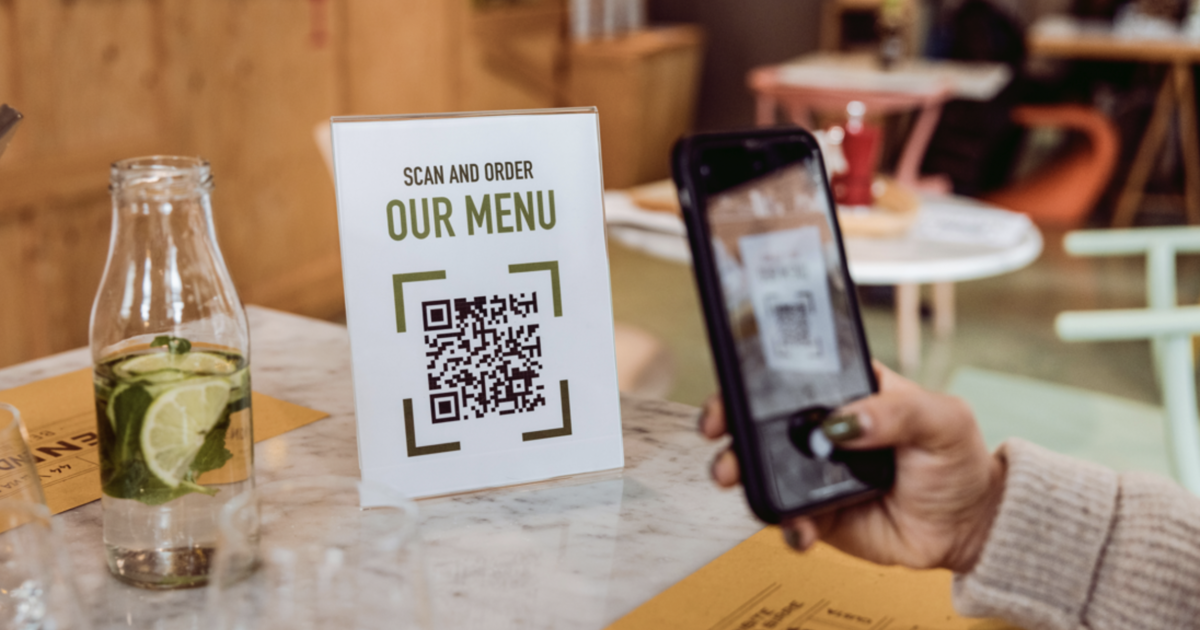Your burger and fries could soon cost $12 in the morning and $20 just a few hours later — at the same restaurant.
That’s because more eateries are experimenting with so-called dynamic pricing by lowering and raising menu prices based on demand.
People who use ride sharing services like Uber or Lyft are accustomed to the companies boosting prices when roads are congested or demand is high. On the flip side, ride share prices can drop during quieter periods to convince customers to book rides, helping keep drivers busy.
The same goes for airlines and hotels. Booking flights or accommodations around the holidays costs a lot more than afterwards, when demand tapers off. Now, with the rise of online ordering and digitization of menus, dynamic pricing is starting to pervade restaurants, and it may irk some consumers.
Businesses, on the other hand, say it helps them balance supply and demand while giving customers the opportunity to take advantage of bargains at off-peak dining times.
Wendy’s made headlines — and faced a backlash — when the fast food chain announced it would experiment with dynamic pricing in its restaurants starting in 2025 using digital menu boards. Customers took the announcement to mean they’d be charged more at peak times. Wendy’s, on the other hand, insisted the move was intended to allow it to more easily change menus and offer customers discounts during slow periods.
Markups and discounts
The rise of delivery apps and digital menus, accessible through QR codes, have made it easier for restaurants to implement dynamic pricing.
Colin Webb, co-founder and CEO of Sauce, a dynamic pricing engine that helps restaurants leverage data to improve online sales, said in a recent podcast that “you’re starting to see restaurants take that same step” that retail and taxi businesses took when they moved online.
Puesto in La Jolla, California —a restaurant chain that relied on Sauce’s services to fluctuate menu prices — said the strategy boosted sales by 12%, according to a case study on Sauce’s website. It raised prices by as much as 8% during busy periods and reduced them by as much as 20% during slower times.
“[W]e’re happy to see both the markups, and we’re also happy to see some discounted orders,” Puesto co-owner Moy Lombrozo told Sauce. “When the kitchen is dead, we’re willing to take one to two dollars off an item in order to just keep the kitchen going, keep the staff working.”
Restaurant chains Dave & Busters and Tony Roma’s are also planning on rolling out dynamic pricing, according to news reports.
“Punch in the gut”
Even so, dining establishments are lagging behind other industries in turning to dynamic pricing.
“Restaurants are late in the game in making this happen,” said Stephen Zagor, a restaurant management professor at Columbia Business School. “We’re starting to see it take effect, but there’s a lack of transparency.”
Restaurants have been reluctant to change prices based on demand to avoid alienating customers. That’s in part because people have a more emotional connection with the food they consume compared with other goods, Zagor explained.
“When suddenly we don’t know where the price is coming from — one day it’s this, another day it’s this — it feels like a little bit of a punch in the gut,” he said. “We don’t know how much we’re going to pay when we go to eat out, and that doesn’t feel good.”
Guests can be choosier
In a way, dynamic pricing has long existed in the restaurant industry, with dinner menu items typically priced higher than for similar plates served at breakfast or lunch.
“It’s not out of the realm of possibility to see the same burger with a different price on lunch and dinner menus,” food and beverage management consultant Lilly Jan said.
Consumers may not like dynamic pricing, but they don’t have much choice when it comes to airline and hotel reservations, Jan added. That might not hold true with restaurants, she added.
“There is a certain cost for getting to one side of the country to the other this time of year. If you need to make it from New York to LA, you only have so many options,” she said. “You don’t have the same thing going out to dinner with friends. Because you have so many options and experiences available, you can be choosier.”
How to take advantage of dynamic pricing
Dynamic pricing can boost revenue for businesses, but also present opportunities for consumers to save.
“It helps companies’ profitability, but at the end of the day it also gives customers control over their willingness to pay,” said Apostolos Ampountolas, assistant professor of hospitality finance at Boston University. “It doesn’t only mean prices will go up. In theory, restaurants give diners discounts to eat in between meal times when they’re less busy.”
Look for discounts on food items at off peak times, like between 10 a.m.-12 p.m., or 3-5 p.m., or during slower times like the holidays and inclement weather.
You can also choose not to patronize a given establishment if you don’t like the prices.
“With a restaurant, if you don’t like the prices at a restaurant that day, you can eat at home or do something different. There is a lot more agency to step away from prices that are not amenable to guests,” Jan, the consultant said.

